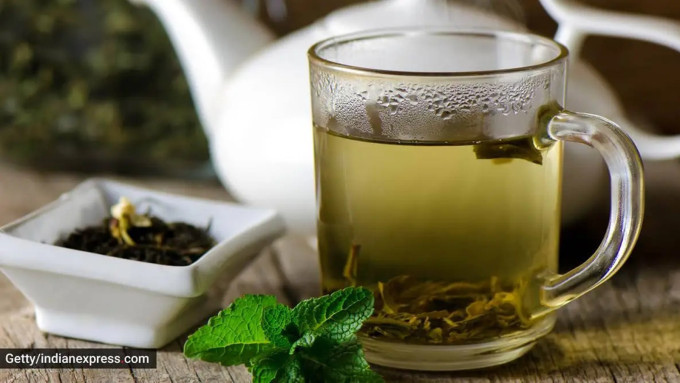Dietary tweaks to prevent and manage period cramps
Period cramps, also known as dysmenorrhea, are a common discomfort experienced by individuals with menstruating reproductive systems. They typically occur just before or during menstruation.
Caused by the uterine muscles contracting to facilitate the shedding of the uterine lining, the severity of period cramps varies among individuals, ranging from mild to intense pain. “Common symptoms include lower abdominal pain, backache, and sometimes radiating pain to the thighs,” said Dr Anusha Rao P, consultant obstetrics and gynaecology, Yashoda Hospitals, Hyderabad.

According to licensed acupuncturist Dr. Khanita Suvarnasuddhi, to allow the blood to flow freely, one should have warm liquids like green tea, reduce the consumption of sugary foods, and cold beverages, and even salads. Instead, eat more roasted vegetables. She also mentioned that one should aim to decrease dairy intake to prevent cramping.
While individual responses to remedies can vary, some people find relief from period cramps by incorporating some of these practices, said Dr Rao.
Green tea and hot water are known to have soothing effects and may help alleviate discomfort. “Green tea contains antioxidants and anti-inflammatory properties that could potentially provide relief,” said Dr Rao.
Avoiding cold drinks and ice creams may be beneficial, as cold temperatures can “constrict blood vessels and potentially exacerbate cramps”, said Dr Rao.
Decreasing dairy intake might be helpful for some individuals, as dairy products can contribute to inflammation, mentioned Dr Rao. Additionally, limiting caffeine intake may help reduce tension and anxiety associated with menstrual cramps, said Dr Sarada M, consultant obstetrician and gynaecologist, Yashoda Hospitals, Hyderabad.
 Drink warm drinks (Source: Getty Images/Thinkstock)
Drink warm drinks (Source: Getty Images/Thinkstock)
What else can help?
According to Dr Rao, it’s essential to stay hydrated, maintain a balanced diet, and consider incorporating other lifestyle changes like regular exercise and stress management for overall well-being.
Dr Sarada listed out a few dietary tweaks that can help
Fruits and vegetables: Incorporate a variety of fruits and vegetables into your diet. They are rich in vitamins, minerals, and antioxidants, which can help reduce inflammation and alleviate cramps. Bananas, in particular, contain potassium that may help reduce water retention and bloating, said Dr Sarada.
Whole grains: Opt for whole grains like brown rice, quinoa, and oats. “These grains are high in fibre, which can aid in digestion and help regulate hormones that influence menstrual cramps,” said Dr Sarada.
Lean proteins: Include lean protein sources such as poultry, fish, tofu, and legumes in your diet. Protein helps stabilise blood sugar levels, potentially reducing mood swings and cravings associated with the menstrual cycle.
Healthy fats: Incorporate sources of healthy fats like avocados, nuts, and seeds. “Omega-3 fatty acids found in fatty fish (salmon, mackerel) and flaxseeds have anti-inflammatory properties that may help alleviate cramps,” said Dr Sarada
Herbs and spices: Ginger and turmeric are known for their anti-inflammatory properties. Adding them to your meals or enjoying them in teas may provide relief from menstrual discomfort, said Dr Sarada.
Calcium-rich foods: Foods rich in calcium, such as dairy products, fortified plant-based milk, and leafy green vegetables, may help reduce muscle cramping.
Magnesium: Magnesium-rich foods like almonds, spinach, and dark chocolate may help relax muscles and alleviate cramps. Consider incorporating these into your diet.
Hydration: Staying well-hydrated is essential. Dr Sarada added that water helps with overall bodily functions and can reduce bloating associated with menstruation.
Herbal teas: Peppermint or chamomile tea may have soothing effects and help relax the muscles, providing relief from cramps.
View this post on Instagram
A post shared by Araya Holistic Pain Management (@araya_hpm)
Disclaimer: The copyright of this article belongs to the original author. Reposting this article is solely for the purpose of information dissemination and does not constitute any investment advice. If there is any infringement, please contact us immediately. We will make corrections or deletions as necessary. Thank you.





